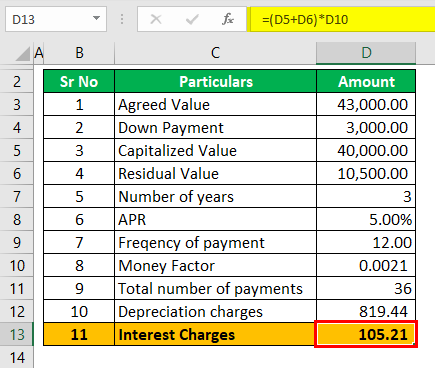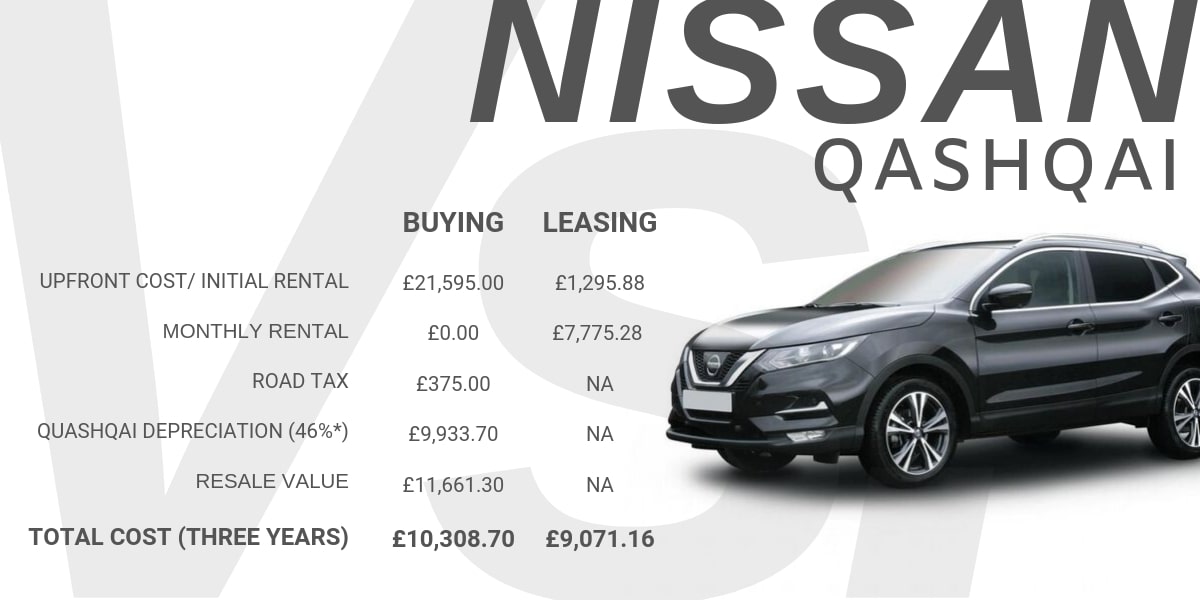
When you buy a car, you either purchase it outright for the price you and the dealer agree on and own it entirely from day one, or you finance the vehicle through the dealer or another financial institution. Sometimes you can negotiate that down to a lower number. If you exceed that cap, you’ll have to pay a per-mile penalty. If you want to end the lease early, you will likely pay a penalty.Īt the end of the lease period, you may have the option to purchase the vehicle outright for a price that was determined when you signed the lease. Once you get the car, there is often a cap on the number of miles you can drive the vehicle. When you sign a lease for a vehicle, you commit to making payments for that period. Lease terms are typically anywhere between 24 and 60 months or two to five years. You will usually have to pay a certain amount of money “due at signing” for the privilege of taking out the lease. The leasing company owns the car and is essentially renting it out to you. When you lease a car, you make monthly payments in exchange for being able to use the vehicle for a certain period of time, but it does not belong to you. The primary difference between leasing and buying is who owns the vehicle. How Is Leasing a Car Different From Buying?

We’ll also look at the two specific cases where Clark says it may be okay to lease.

In this article, we’ll lay out how car leases work and why Clark is almost always against them. Money expert Clark Howard has been helping people make wise financial choices about their vehicles for years. If you need a new car but money is tight, leasing might seem like an attractive option. You may have seen ads trying to convince you to lease a new car with a low monthly payment - much lower than if you financed the same vehicle.


 0 kommentar(er)
0 kommentar(er)
